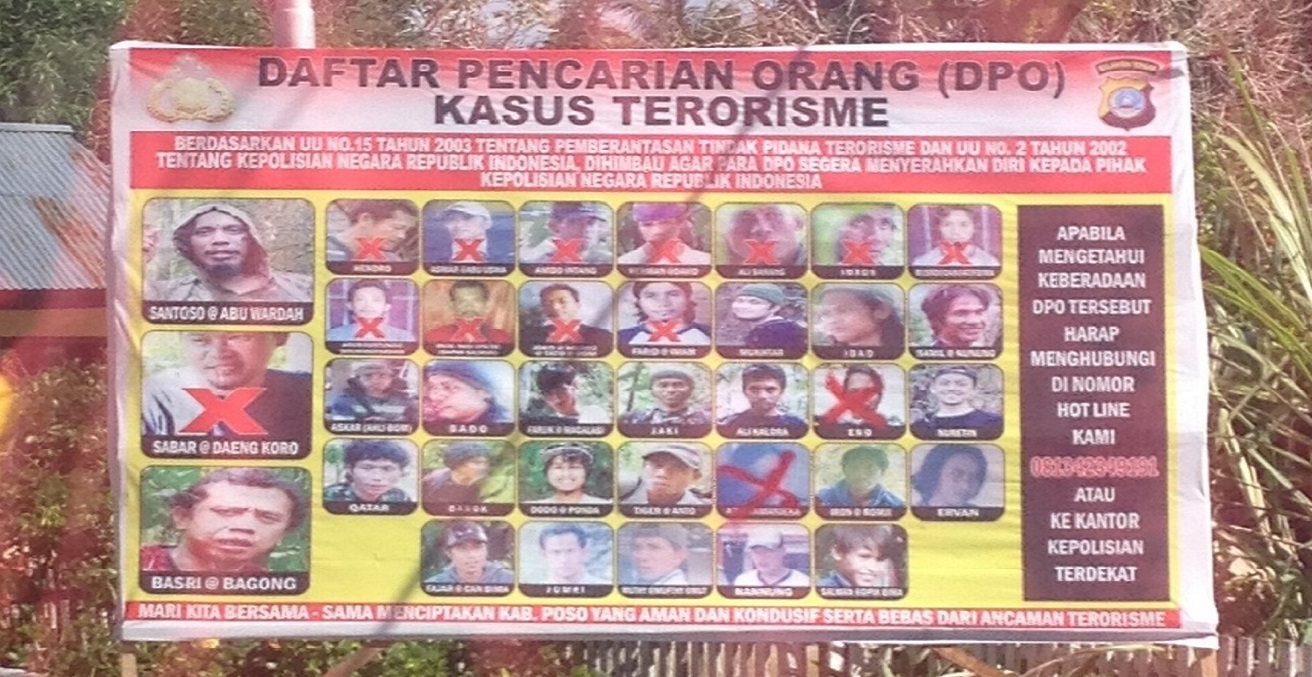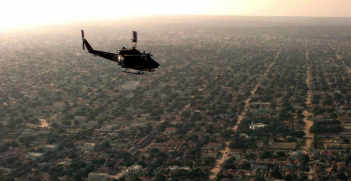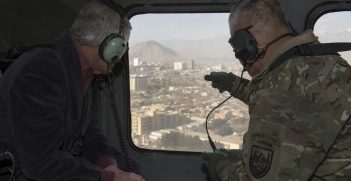The End of an Insurgency?

Despite the trend of radicalisation decreasing in Indonesia, the threat remains. Maintaining high levels of cooperation and operational discipline within the police and the armed forces to counter this threat is therefore essential.
Since the Bali bombings in 2002, Indonesia has developed a highly successful but not infallible counterterrorism capacity. This capacity comprises of legislation, intelligence, and supporting agencies that cover everything from international cooperation, public relations, deradicalisation, and intercepting funds, in addition to the arrest, prosecution, and rehabilitation of terrorist suspects and their supporters.
Although the trend is declining, about 14 percent of the population remains susceptible to radicalisation in support of converting Indonesia to an Islamic state or a caliphate. For example, 228 terrorist suspects were arrested in 2020, and that number is projected to increase in 2021. Additionally, 600 to 700 Indonesians, mostly the wives and children of terrorists, are still in detention in Syria.
While most of the terrorist organisations and their sympathisers operate clandestinely in urban areas, a small rural insurgency has been operating in Central Sulawesi since late 2009 and has evaded the best efforts of the police and military to wind it up. The number of insurgents has fluctuated from a peak of about 20 to 30 at any one time, to around ten or less on several occasions. However, just as it was hoped that the insurgency was on its last legs, small numbers of reinforcements have trickled in from the local population and from other provinces.
The terrorists, now known at the Mujahidin of Eastern Indonesia (MIT), are concentrated in the districts of Poso, Sigi, and the southern part of Parigi Moutong, covering about 28 percent of the province of Central Sulawesi and one-third of its three million people. By the end of 2020, the field strength of the MIT had been whittled down to eleven and split into two groups, with an additional 32 supporters and potential recruits detained in various provinces.
Finalising the insurgency has been hampered by the steep, jungle-clad, mountainous terrain. The highest peak reaches over 3,300 meters, and several peaks reach over 2500 meters high, which makes detecting the insurgents by air or land extremely difficult. This is especially difficult during the monsoon season (April to September), as they have been able to draw supplies from sympathisers and by terrorising isolated villagers to obtain supplies, and to make the villagers fearful of reporting them.
They have also been disciplined in the use of mobile phones and keeping on the move, so that although the authorities often claim to know the location of the insurgents, they have often been unable to capture or kill them. And despite harsh living conditions, very few have answered the constant appeals from the authorities, families, and rehabilitated terrorists for them to surrender.
However, as a result of the brutal killing of four civilians in the Sigi District on 27 November last year, operations were intensified in January, with the addition of better human and electronic intelligence, tighter cordons, and more focused searches and reactive special forces response teams. As a result, the insurgents were reduced to a group of four by the end of September, two locals and two from Bima, Sumbawa Island. Two terrorists were killed in early March. Qatar, the leader of one group, was among three killed in July, and Ali Kalora, leader of the other group, was one of the two killed in September.
In June, police arrested three suspects in Jakarta and seized a package of three rifles, three pistols, and 200 rounds of ammunition they were sending to the rebels in Poso. With the failure of this badly needed resupply, by late July it was estimated that the group had only one rifle, one pistol, and some homemade explosive devices and pipe bombs. The rifle was captured when Ali Kalora was killed, so in theory their only remaining firearm is a pistol.
So, is this the final hurrah for the MIT in Central Sulawesi, which will finally allow the 1700 additional troops and police deployed to cordon and chase them to stand down? Possibly, but as the provincial police chief warned that after the killing of Ali Kalora, the insurgents are merely the tip of the iceberg, and there are still many supporters in the community. Deradicalisation to minimise community support has been extensive. However, in September of this year, 17 preachers were found to be still giving sermons in support of the insurgents’ cause, amid complaints that there were not enough resources to address this issue. Now is therefore not the time to relax. New leaders can emerge, recruits can filter in, and significant community support lingers on.
However, if the police and the Indonesian National Armed Forces can maintain the high level of cooperation and operational discipline they have shown in the last year, it might be possible, with the help of supporting programs, to deal with the final four insurgents and gradually reduce the completely disproportionate resources needed to counter such threats to the community.
Bob Lowry is author of The Armed Forces of Indonesia (Allen & Unwin, 1996) and former president of the ACT Branch of the AIIA.
This article is published under a Creative Commons Licence and may be republished with attribution.





